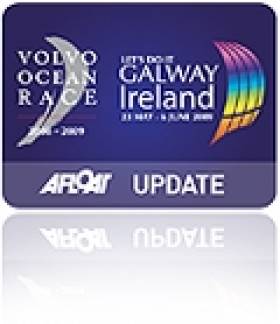Displaying items by tag: Persian Gulf
Cork Man Kayaking Persian Gulf For Ocean Awareness
#Kayaking - A Cork man is in the midst of an epic kayaking expedition along the Persian Gulf to raise awareness of the region’s marine environment, as the Evening Echo reports.
Colin Wong from Bishopstown is close to Abu Dhabi as part of a three-man team that set off from Kuwait over two months ago, and by the time they reach Muscat in Oman they will have covered more than 2,000km along the Gulf’s western coast.
The trio are paddling under the banner of Kayak4Kuwait, with the aim of raising awareness about the importance of the sea to the countries of the Persian Gulf.
While the journey is Wong’s biggest and most demanding expedition, the 32-year-old is no stranger to long stints on the water, kayaking the River Nile in Uganda last November after placing second in the Liffey Descent marathon.
The Evening Echo has more on the story HERE.
Volvo Ocean Race Brings Galway and Abu Dhabi Closer Together
#VOLVO OCEAN RACE - A golden dhow presented to the city of Galway by the Abu Dhabi Sailing and Yacht Club marks the new connection between these host ports of the 2011-2012 Volvo Ocean Race.
The Galway Advertiser reports on the Galway-Abu Dhabi Maritime Cultural Exchange initiative, which has already seen a Galway hooker race against traditional Arabian dhows in the Persian Gulf.
Both cities have been "engaged for many years with restoration of traditional boats and revival of sailing skills," says the paper.
Their co-operation is being seen as a model for using sailing as a catalyst to bring different cultures together. And the gesture will be reciprocated when Galway hosts the race finale this July, as six dhows and 60 Emirati crew will be hosted in the city for an exhibition race against a fleet of Galway hookers.
Meanwhile, Galway's Tidy Towns committee is determined to make the city look its best in time for the race's arrival.
The City of the Tribes scored well in 2011 after a long absence, but is looking to take things a step further for 2012.
Interested volunteers can contact the Galway Volunteer Centre, Mill Street at 091 539 930.






























































